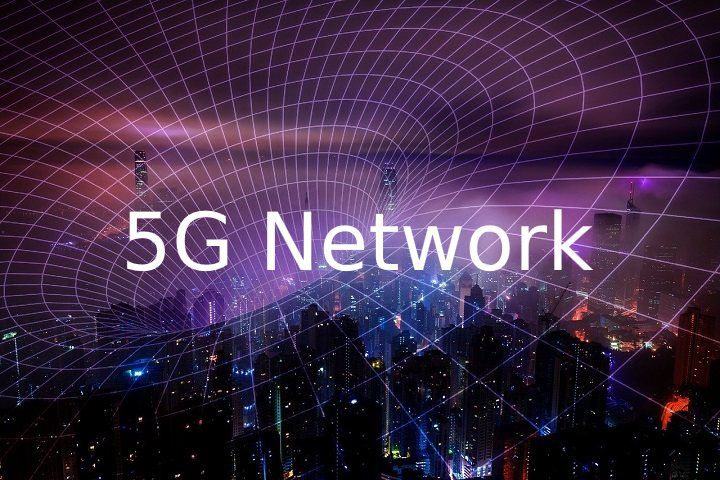5G technology is a reality, no matter what multiple conspiracy theories say. Since 2018, operators began to develop fixed systems. Currently, the mobile 5G network is already available in the several US; Implementation is expected to be more complete in the coming years.
However, there are still more questions than answers, starting with do people know what 5G is precise?. Additionally, 5G smartphones are being developed and launched. Of course, there is a debate about which operator offers the best service. Surely you have questions, and we are here to help you. Here, everything you need to know about the 5G network.
Table of Contents
1. What is a 5G network
Before explaining how it works, it is probably a good idea to tell what 5G technology is. We will talk about the specific details later in this post, but here’s a quick introduction.
5G technology is the next generation of mobile broadband that will eventually replace – or at least increase – your 4G LTE connection.
With 5G, you will see upload and download speeds will be exponentially faster. Latency – or the time it takes for devices to communicate with each other and wireless networks – will also decrease dramatically.
2. How the 5G network works
Now that we know what 5G is, we will have to understand its works since it differs from the traditional 4G LTE network. From spectrum bands to small cells, you will find everything you need to know about the inner workings of the 5G network.
5G Spectrum
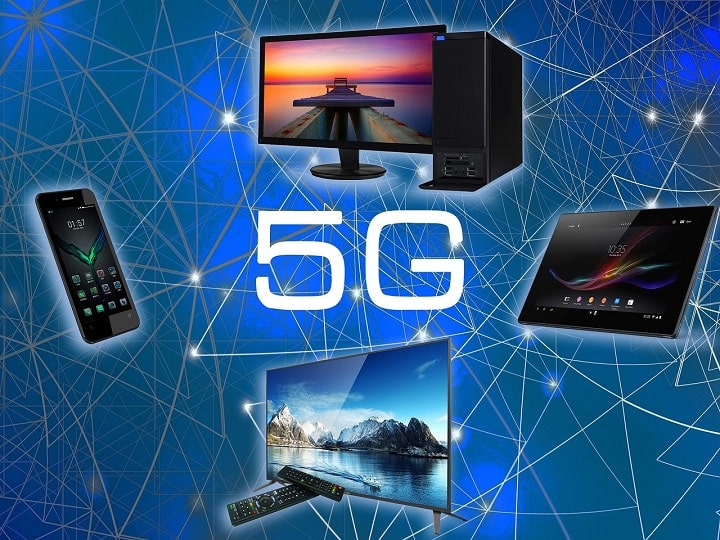
Unlike LTE, 5G operates in three different spectrum bands. While this may seem unimportant to us, the truth is that it has a far-reaching effect on your daily use.
The low-band spectrum can also be described as a spectrum sub 1GHz. It is primarily the spectrum band used by operators in the US for LTE and is rapidly running out.
While low bandwidth offers a broad coverage and penetration area, there is one major drawback: maximum data rates will reach 100 Mbps.
T-Mobile is the leading player when it comes to the low band spectrum. The operator acquired a broad 600MHz range at an FCC auction in 2017 and is rapidly developing its national 5G network.
The mid-band spectrum provides faster coverage and better latency than that found in the low band. However, it fails to spike buildings as well as the small band spectrum. Expect maximum speeds of up to 1 Gbps in the mid-band range.
The print has most of the unused mid-band spectrum in the US. The operator is using Massive MIMO to improve coverage area and penetration in the middle band. Massive MIMO groups multiple antennas in a single box, and a single cell tower creates numerous simultaneous beams for different users.
Sprint will also use Beamforming to improve the 5G service in the mid-band. Beamforming sends a single focused signal to every cell user and systems that use it to monitor each user to make sure they have a consistent message.
But really, high bandwidth is what most people think of when you name it 5G. It is often referred to as mmWave. The high bandwidth spectrum can offer maximum speeds of up to 10 Gbps and has very low latency. The top band’s main drawback is that it has a little coverage area, and the penetration of the building is reduced.
AT&T, T-Mobile, and Verizon are rolling out in the high band spectrum. 5G network coverage for both operators will be carried by LTE, as they work to build networks nationwide.
Since the high band spectrum is displaced outside the penetration and user area for the high speed and coverage area, they will depend on small cells.
3. How fast can the 5G network go?
The International Telecommunication Union (ITU) is a United Nations agency that develops standards for communication technologies and establishes the rules for using the radio spectrum and the interoperability of telecommunications.
In 2012, he created the IMT-2020 program to research and establish the minimum 5G requirements. In 2017, he submitted a draft with 13 minimum requirements.
Once these requirements were established, the 3rd Generation Partnership Group (3GPP), a telecommunications organization group, designed the standards. In December 2017, it completed the non-autonomous specifications (NSA), and in June 2018, it continued with the independent ones (SA).
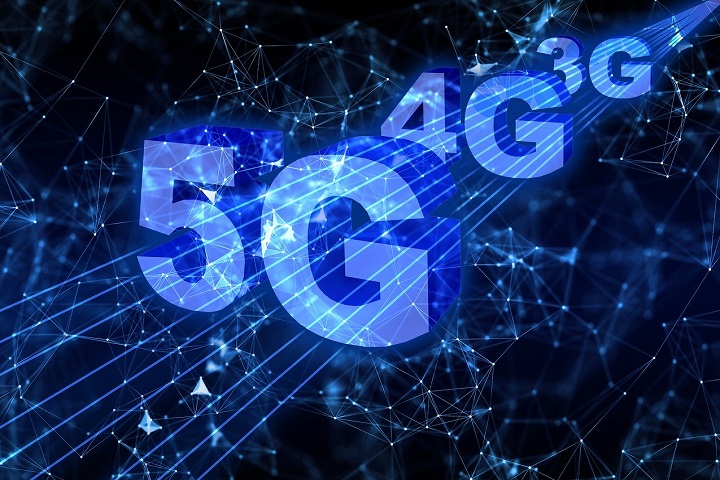
The NSA and SA standards share the same specifications, but the former uses existing LTE networks, while the SA will need a next-generation core network. Operators started with the NSA to turn to 4G LTE in a non-5G environment.
The standards established by 3GPP are linked to the performance objectives:
Maximum data rate: 5G will offer significantly faster speeds. They can reach 20 Gbps downstream and 10 Gbps upstream per mobile base station.
It is not the speed you would experience with 5G (unless you have a dedicated connection), but cell users will share.
Real-world speeds: Actual speeds will not equal maximum speeds. The specification requires download speeds of 100Mbps and 50Mbps for upload.
Latency: The time it takes for data to travel from one point to another should be four milliseconds under ideal circumstances and one millisecond for URLLCs.
Efficiency: When in use, radio interfaces must be energy efficient and, if not, drop to a low energy mode. They should switch between states in 10 milliseconds when no longer in use.
Spectral efficiency: The bandwidth is so that the maximum amount of data is transmitted with the least transmission errors. 5G should have slightly improved efficiency over LTE, reaching a 30-bit / Hz downlink and a 15-bit / Hz uplink.
Mobility: With 5G, base stations must withstand movements from 0 to 310 mph. While it is comfortable with LTE networks, this can be a challenge in new millimetre-wave systems.
Connection density: 5G should support a higher number of connected devices than LTE. The standard states that it should be 1 million per square kilometre. It is a high number, which considers the number of tools that will drive the Internet of Things (IoT).
4. Uses of 5G and benefits
Improved broadband
Transforming to 5G will undoubtedly change how we interact with technology daily, but it also has a serious purpose. It is a perfect necessity if we want to continue by using a mobile broadband network.
The 4G Carriers are running out of Long Term Evolution (LTE) capacity in major metropolitan areas. In some major cities, users are already experiencing slowdowns during peak hours of the day. 5G adds vast amounts of the spectrum into bands that have not been used for commercial broadband traffic.
Autonomous vehicles
Autonomous vehicles are expected to increase at the same rate as 5G is being implemented in the US. In the future, your vehicle can communicate with other cars on the road, provide information to other cars about road conditions, and provide information on performance to drivers and automakers. If a car brakes fast forward, yours can immediately learn and also brake to prevent a collision.
Public safety and infrastructure
5G technology will allow cities and other towns to operate more efficiently. Utilities will easily track usage remotely, sensors can notify public works departments when drains or street lights are turned off, and cities will be able to install surveillance cameras quickly and inexpensively.
Device remote control
Since 5G technology has remarkably low latency, remote control of heavy machinery will become a reality. While the primary goal is to reduce risk in hazardous environments, it will also allow technicians with specialized skills to control the motor from anywhere in the world.
Health care
5G’s ultra-reliable Low Latency Communications (URLLC) component will fundamentally change healthcare. Because URLLC reduces 5G latency even more than you’ll see with improved mobile broadband, a world of new possibilities opens up.
She hopes to see improvements in telemedicine, remote recovery, and physical therapy through RA, precision surgery, and even remote surgery in the coming years.
Remember the enormous machine-type communications? MMTC will also play an essential role in healthcare. Hospitals can create extensive sensor networks to monitor patients, doctors can prescribe smart pills to track compliance, and insurers can monitor subscribers to determine proper treatments & processes.
Internet of Things (IoT)
The more exciting and crucial aspect of 5G technology is its effect on the Internet of Things (IoT). We have sensors that can communicate with each other, and they tend to be resource-intensive and are rapidly exhaust LTE data capacity.
With the 5G speeds and low latencies, the IoT will be powered by communications between sensors and smart devices. Compared to current smartphone devices on the market, mMTC devices will require fewer resources since many of them can connect to a single base station, making them much more efficient.
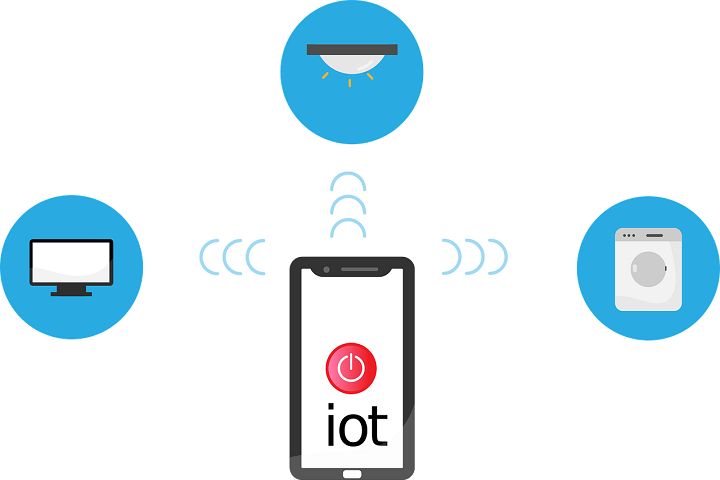
5. When will we see the 5G network?
So when should you see a 5G network in your neighbourhood? This question is a little more challenging to answer than we would like. Major US operators are working hard to create 5G networks, but their deployment across the country will take several years.
It’s also worth noting that each operative has a various launch strategy. We mention some details below. If you’re looking for smartphones, check out our guide to future 5G phones.
Verizon
The first company to provide 5G to its customers, Verizon began offering a fixed-standard 5G network in homes in October 2018.
The company’s 5G fixed service is available in Houston, Indianapolis, Los Angeles, and Sacramento, California. However, Verizon has also begun rolling out its offering, taking it to dozens of cities, including New York and Los Angeles.
Verizon is rolling out its 5G network on a higher frequency spectrum known as mmWave (28-39GHz). That means that while the company’s 5G will offer blazing-fast speeds when available, it will shrug off its LTE spectrum for years to come.
As for the hardware, Verizon already has some devices available. First, there is the Samsung Galaxy S20, but the operator is also compatible with the Samsung Galaxy Note 10 Plus 5G and the LG V60 ThinQ.
And we can’t forget the hot spot Inseego Mi-Fi 5G, which features a Qualcomm Snapdragon 855 chip. Most new flagship phones are expected to have 5G support in the future.
AT&T
AT&T officially won the contest to be the first operator to implement the right 5G service. In December 2018, it started offering 5G in nine cities in the country. In 2019, the operator extended the service to more cities, and this will continue until 2020.
While AT&T’s 5G launch was quite complete, it initially limited to commercial customers. Fortunately, that has changed, and the mobile 5G network is available to customers in different cities, including Los Angeles and San José.
“If you are in an urban environment in the city centre, where you have a line of sight until you turn a corner, it is one thing… But if you have a tree-lined street, it will be a different environment.
If you find yourself in a very wooded environment, it will be more difficult. All of these things can affect the type of range that we can anticipate.
AT&T has some 5G capable phones. For example, the operator is compatible with the Samsung Galaxy S20 and the Samsung Galaxy Note 10 Plus 5G.
The Samsung Galaxy S20 is also available from AT&T, though it’s only worth getting if you’re a business customer. The operator also announced the Netgear Nighthawk 5G Mobile Access Point.
T Mobile
Because it uses low bandwidth, it won’t necessarily be faster than LTE, but it can offer a slight speed boost. T-Mobile uses mmWave technology, which includes 39GHz in some cities and more than 28GHz mid-band in other areas.
Also, you are using 600MHz for a more reliable and stable connection. The Samsung Galaxy Note 10 5G model was the first smart device to support that 600MHz spectrum.
Since then, other devices have been released to support the technology, such as the Samsung Galaxy S20, for those who live in 5G areas and want to take advantage of the new speeds. It is also compatible with other phones, such as the OnePlus eight and OnePlus 8 Pro.
For fixed 5G networks, T-Mobile wants to rock the waters. In a statement filed with the FCC, T-Mobile projects more than 1.9 million wireless broadband customers at home by 2021.
By 2024, it wants to provide fixed 5G to more than half of the ZIP codes in the United States and become the fourth largest internet service provider.
Un-Carrier took a more measured approach. Rather than compete to be the first company, T-Mobile wants to provide a more reliable service with more coverage. In early 2018, T-Mobile announced that it was building its 5G network in 30 cities.
In mid-2019, the company announced that 5G mobile was available in six cities, including parts of Atlanta, Cleveland, Dallas, Las Vegas, Los Angeles, and New York, to reach more than 30 cities. Before 2020 came, the company connected its entire national 5G network, currently based on low-band frequencies.
Given that T-Mobile CEO John Legere has publicly criticized AT&T and Verizon for launching their 5G with mobile access points, it is a safe bet to claim that the operator does not plan to start its hot spot, at least not by weather. Regardless, T-Mobile is offering the Samsung Galaxy S10 5G to customers.
Sprint
Sprint wasn’t running to be the first, but it finally started rolling out its 5G technology. The operator announced that the 5G network is available in Chicago, Atlanta, Houston, Dallas and Kansas City, Missouri. In New York City, Phoenix, Los Angeles, and Washington DC, other markets will be added.
Sprint will initially launch its 5G network in its broad mid-band spectrum (2.5 GHz). That’s the same spectrum that the operator uses for its 4G data network and plans to use heavy 128-spoke MIMO equipment on its towers to create a 4G / 5G split.
Since Sprint is one of the few operators with a lot of additional 2.5GHz spectrum, you can use excess mid-band to implement 5G service quickly and relatively inexpensively in larger cities.
As for the hardware, Sprint has some devices on offer. For starters, Sprint has the Samsung Galaxy S20 model, along with the LG V50 ThinQ model. Sprint announced a 5G Mobile Smart Hub with HTC and is compatible with the Samsung Galaxy S10 5G.
T-Mobile and Sprint merger
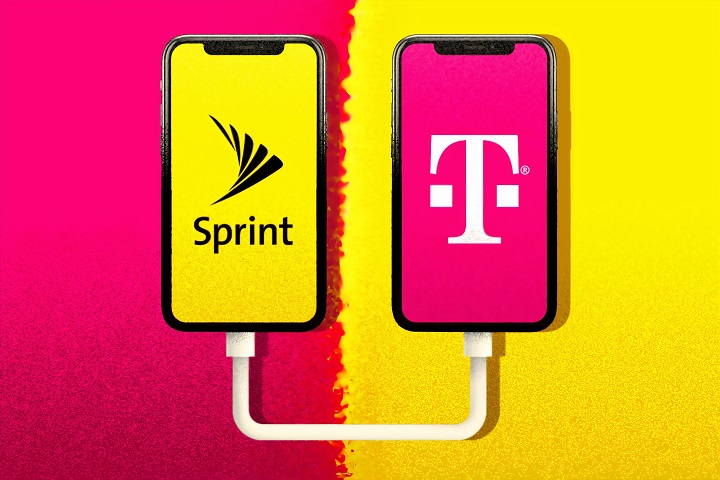
T-Mobile and Sprint are now officially a single company, but the merger’s effects can take at least a few months, and possibly years, to be felt.
Both companies have claimed that the merger will be good for the economy and the country, especially when creating a robust 5G spectrum.
6. What are 5G phones available? Should you buy one?
Although 5G technology will undoubtedly change the way we interact and consume media, the change will not happen overnight. It can take a few years before 5G works smoothly in America.
Because of that, we don’t recommend basing your phone purchase because it has 5G. Conversely, if you like a phone for other reasons and it supports 5G, it will be a bonus.
You can check which smartphones support this technology in our guide that brings together the 5G phones announced to date.

